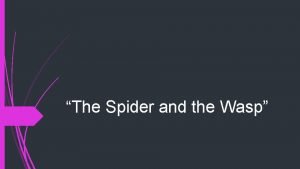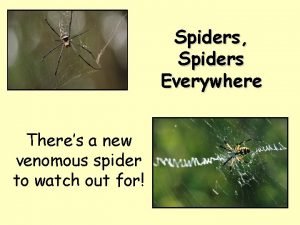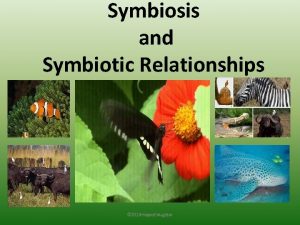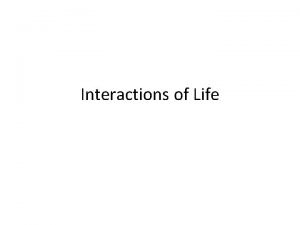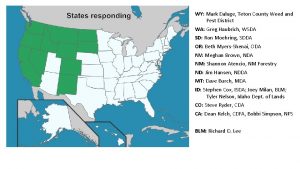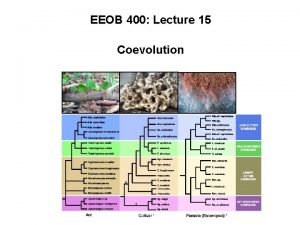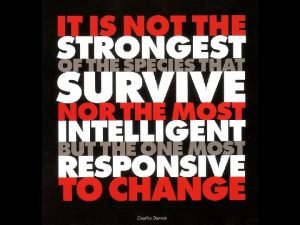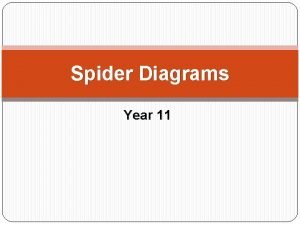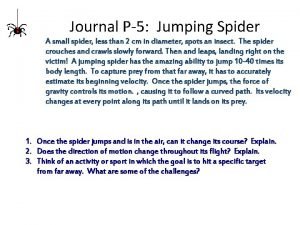The Spider and the Wasp 1 Is this









- Slides: 9

“The Spider and the Wasp”

1. Is this essay mostly narrative, descriptive, persuasive, or expository? Expository, because it analyzes or explains. It also has elements of narrative (telling a story) Descriptive (it provides great detail) Persuasive (it persuades us that the wasp is more intelligent) BUT… It is mostly expository

2. If the wasp always wins against the spider, how do the tarantulas avoid extinction? They are far more fertile. Tarantulas lay between 200 -400 eggs at one time. Digger wasps lay only one at a time.

3. What is the author’s main idea? The tarantula acts only out of instinct. At any time, the spider has the strength to kill the wasp but seems unaware of the danger. The wasp, on the other hand, seems to exhibit learned behavior (intelligence).

4. What are examples of a tarantula’s “tactile” responses? What would be an example of a human tactile response? It stands up on its hind legs and bares its fangs when prodded. If hungry, it very quickly attacks any insect prey that triggers its leg hairs. When blown upon, it will jump. When we feel an itch, we scratch. If we taste something spoiled, we spit it out.

5. What are some supporting details that defend the author’s thesis? A tarantula has a few basic (instinctual) responses to danger —and only these few. A digger wasp seems to demonstrate intelligent behavior by analyzing whether the tarantula is the correct species. A digger wasp modifies her behavior to fit the battle and the situation.

Deductive vs. inductive reasoning Deductive reasoning—begin with a basic or general idea (hypothesis), and then you look for details to support it. Inductive reasoning—begin with a detail or details, then reach a general hypothesis or idea.

6. How does the author use deductive reasoning to prove that the wasp behaves intelligently vs. instinctively? He states the definition of adapting behavior as a sign of learned behavior or intelligence. He then gives the example of a digger wasp checking each tarantula carefully to ensure it is of the exact species needed.

Review your vocabulary from p. 462 Distinct Instinct Customarily Tactile Evoking Formidable
